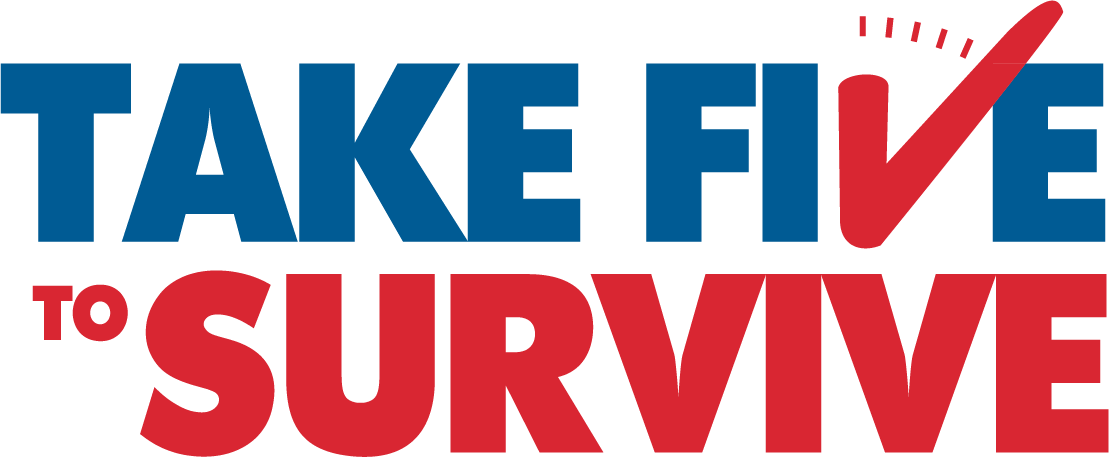Many of us have disabilities, access, and functional needs which might make getting prepared for disasters even more important
Emergencies can happen when we least expect them. Making a plan before you need it may help you stay safe and reduce stress during an emergency or disaster. If you or your loved one have specific needs for hearing, learning, seeing or physical mobility, there are a number of things for you to consider as you plan and prepare.
Create a personal support network
A personal support network (sometimes called a self-help team) is a group of several people who can help you prepare for a disaster. They can be friends, roommates, relatives, personal attendants, co-workers or neighbors.
Here are seven important things to do with your personal support network to make sure you’re prepared:
- Make arrangements before an emergency for your support network to check on you immediately after a disaster and help you if needed.
- Give each person a set of your important keys so they can get in if you’re unable to open the door.
- Show them where you keep your emergency supplies or kit.
- Share copies of your important emergency documents such as an evacuation plan or health insurance information.
- Agree on and practice ways to contact each other in an emergency. Don’t count on cell phone service being available.
- Let each person in your support network know if you are going out of town, and when you will return. Have them notify you when they plan to be out of town as well.
- You have a lot to contribute! Learn about each other’s needs and how to help each other in an emergency.
Make an emergency plan
You are in the best position to know your abilities before, during, and after a disaster. Create an emergency plan for your needs and abilities.
- Use a plan template to create your emergency plan.
- Meet with your personal support network to share and discuss your emergency plan.
- Practice your plan twice a year with your personal support network. Update your plan if anything changes.
- Consider your diet needs and concerns. Make sure to stock shelf-stable food that meets your needs in your emergency supplies.
What are your specific needs?
Describe both your current abilities and the help you may need before, during and after an emergency or disaster. Make your plan based on the type of help you need on your worst days. Share your information with your support network.
Daily living
- Personal care: Do you need help with personal care, like bathing and grooming? Do you use adaptive equipment to help you get dressed?
- Water service: What will you do if the water service is cut off for several days and you have no way to heat water?
- Personal care equipment: Do you use a shower chair, tub-transfer bench or other equipment?
- Adaptive feeding devices: Do you use special utensils to help you prepare food or eat independently?
- Electricity dependent equipment: How will you continue to use equipment that runs on electricity, such as dialysis or electrical lifts? Do you have a safe back-up power supply?
- Medication: Do you have a two-week supply of your prescription medicine? Do you have a plan for keeping refrigerated medicine cold? Do you have a copy of your prescriptions and the phone number of an out-of-town pharmacy in case your regular pharmacy is closed?
Service animals and pets
Will you be able to care for your service animal during and after a disaster? Include your pet in your plans with your personal support network.
Assistance programs
Work with your support network to learn about available disaster assistance programs for individuals with your specific needs. If you register with any, share the news with your network.
Emergency preparedness information resources
- Take 5 to Survive
- Ready Now! Emergency Preparedness Tool Kit for People with Disabilities
- Make a Plan/Individuals with Disabilities (FEMA)
- Make a Plan in 3 Steps (Red Cross)
- Keeping Children with Disabilities Safe in Emergencies (CDC)




